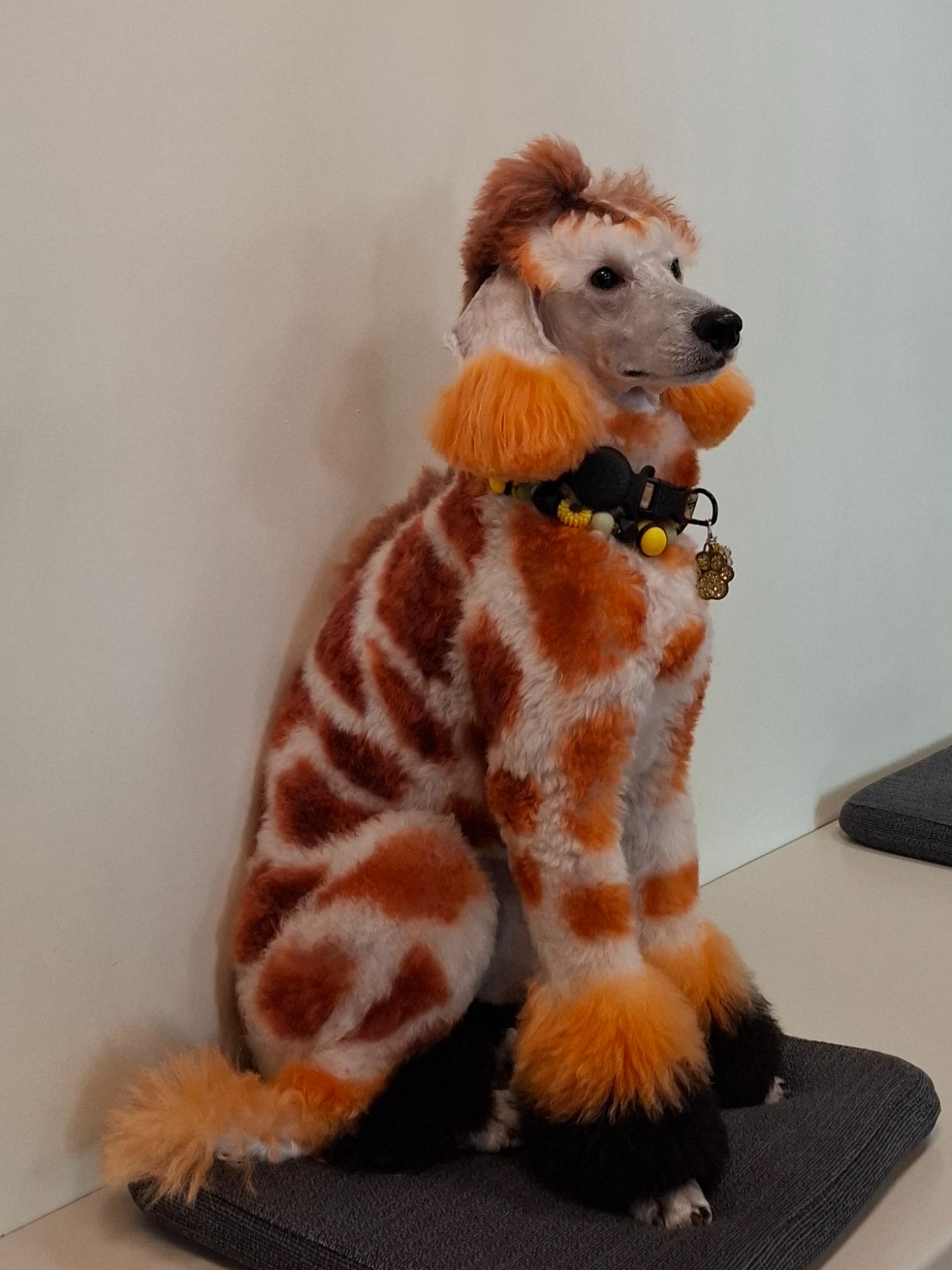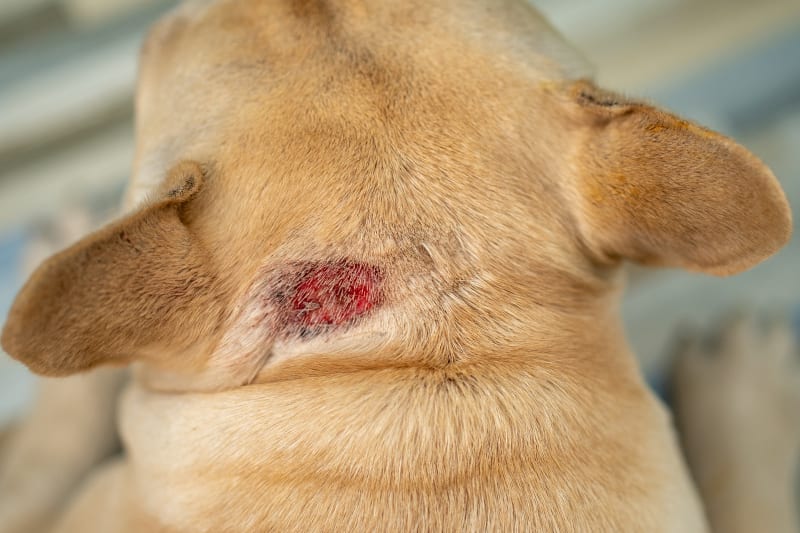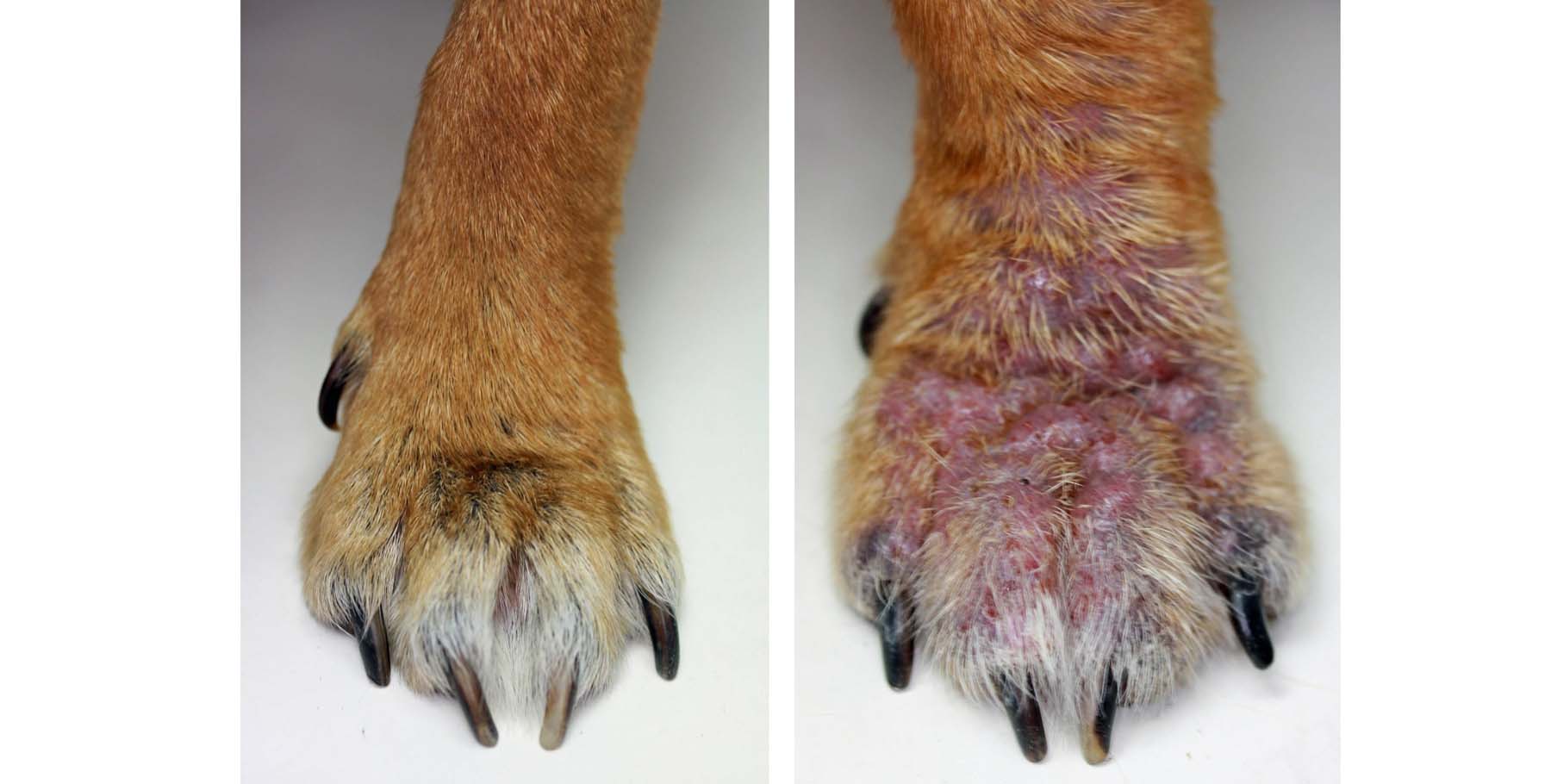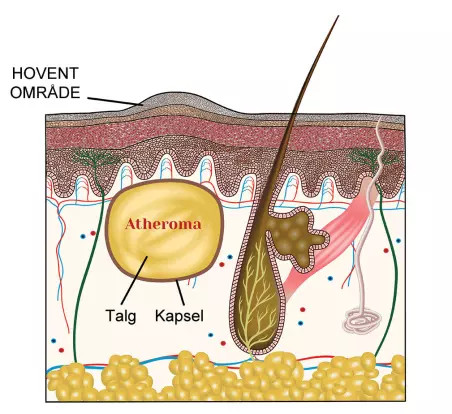Skin problemes

SKIN PROBLEMS
ALLERGY

Introduction:
As it is with us, people, so is it with our pets: allergic diseases have become common. The urban lifestyle, the environmental harms and stress may reduce the general defense reactions of our pets; and in case of reduced immunity, the animals may react acutely to normal environmental harms, namely they show hypersensitivity reactions.
Types of allergy:
The most common allergic disease of animals is athopy which evolves by inhaling various pollens,and causes skin itching, allergic auditory tact inflammation and allergic conjunctivitis. But it may also cause allergic bronchitis in the bronchias or even asthmatic symptoms.
Nutrition allergy is also very common, in which case our pet shows allergic reactions to protein components of the food. The symptoms are the following: biting the end of the feet, itching of the mouth or the perianal area, occasionally digestive problems, even with diarrhea after eating the food the animal is allergic to.
Allergic skin inflammation may also occur besides having fleas, when flea-eczema evolves due to flea allergy.
In such cases, the organism of animals reacts to the proteins of the flea's saliva and flea stool, and the continous itching all over the body is caused by this, even after using flea killers.
Allergic skin inflammation may also evolve on defined areas, these are called hot-spots (burning-itching spots). These mostly occur on sweaty summer days, may associate with flea-allergy, and the dog bites itself out on the outer tigh edges.
Allergic reactions caused by the anal gland's secretin are also common which do not only cause the itching of the bottom and its area, but may cause allergic auditory tract inflammation aswell. Contact-allergy is known aswell. Direct contact with the allergen material causes local skin itching. Mostly, blankets made of synthetic fibre cause allergic skin inflammation on the abdomen or bowls made of metal may cause metal allergy around the mouth. The symptoms listed below usually evolve in days or weeks, but may also evolve suddenly (for example allergy to insect bites or even vaccinations). The quick healing of suddenly evolving allergies is very important.
Symptoms of the allergy:
Depending from the type of the allergy, various allergic symptoms may emerge. The allergen organ of animals is the integument, so the most common symptom is the itching or redness of the skin, the hair is broken due to scratching or chewing, secondary bacterial or fungal skin infections. The skin of the outer auditory tract is very sensitive, so the allergic auditory tract inflammation is common. In such case the ear's skin flushes, it burns, itches and secretion appears. In case of allergic conjunctivitis, the conjunctivas become red, they water and they may cause secondary serose nasal flow. In case of allergic respiratory disease, the seasonal respiratory symptoms – which emerge in the pollen season – are typical. For example allergic nasal mucosa inflammation, serose nasal flow, sneezing, allergic trachea inflammation and bronchia inflammation, coughing. In case of suddenly emerging hypersensitivity reactions, eye itching, swelling of the lips, skin itching all over the body, discomfort even with vomiting is typical.
Allergy diagnostics:
Exactly defining the types of allergy is not always an easy task, because some types of allergy may exist besides another and the secondary symptoms may cover the real problem. Following the human allergiology, the veterinarian allergy diagnostics has also developed a lot along the last few years. So there is opportunity to specifically demonstrate allergens, besides the treatments based on the ground of experiencing. This diagnostics can be made with skin tests, but there is also a blood test to demontstrate more allergen parameters with. During such a blood test, a hyposensibilating solution of allergic agents.
DERMATITIS
SKIN DISEASES
Ringworm (Dermatomycosis)

Introduction:
We often see dermatomycosis in pets as there are many environmental factors that can cause it. Things like local skin trauma (e.g. wounds caused by scratching or chronic moisture), a weak immune system (e.g. a prolonged illness), or a long-lasting course of antibiotics can increase the possibility of infection.
Symptoms:
In cases of dermatomycosis, the skin is often dry and flaky, but not itchy. Local and, in some cases, widespread alopecia can be seen. A red ring appears around the infected lesions which spread outward in a circular pattern.
Diagnosis:
Skin scraping for microscopic examination is most often used to detect and identify the possible fungus. The sample is also frequently sent for culture which helps to distinguish which antifungal medications will be effective against the infection.
Treatment:
The most common form of dermatomycosis is microsporidiosis, caused by Microsporum canis. However, there is a vaccine which has been proven to successfully eliminate it. In addition to antifungal drug therapy, there are many other treatments (e.g. topical treatments, environmental decontamination, etc.) that should be given to ensure proper healing.
Demodectic Mange (Demodicosis)

Introduction:
Demodicosis affects those who are immunocompromised (e.g. very young or old animals, prolonged illness, or certain medications), when the number of mites inhabiting the hair follicles and skin become excessive.
Symptoms:
Commonly, Demodicosis manifests as localized lesions on the face or feet, however, it can also be more generalized on any part of the body. Symptoms include alopecia, a redness of the skin (erythema), and the appearance of scales and lesions. Erythema must be monitored as it may indicate a secondary bacterial or fungal infection.
Diagnosis:
Skin scraping for microscopic examination is used to detect and identify Demodex mites.
Treatment:
For localized cases, topical anti-mite treatments are used. For more serious generalized cases, special shampoos and oral medications are added. In the event of a secondary infection, a course of antibiotic therapy will be required.
Sebaceous Cyst (Atheroma)

Sebaceous cysts are a benign skin condition that can form when sebum from a sebaceous gland, usually in a hair follicle, becomes blocked with dirt, debris, or scar tissue. The sebum will accumulate under the skin until, eventually, the cyst will burst and must be fully drained. Typically, this is all the treatment needed, however, in some cases (eg. infection, inflammation, or recurrence) surgical excision may be recommended.
